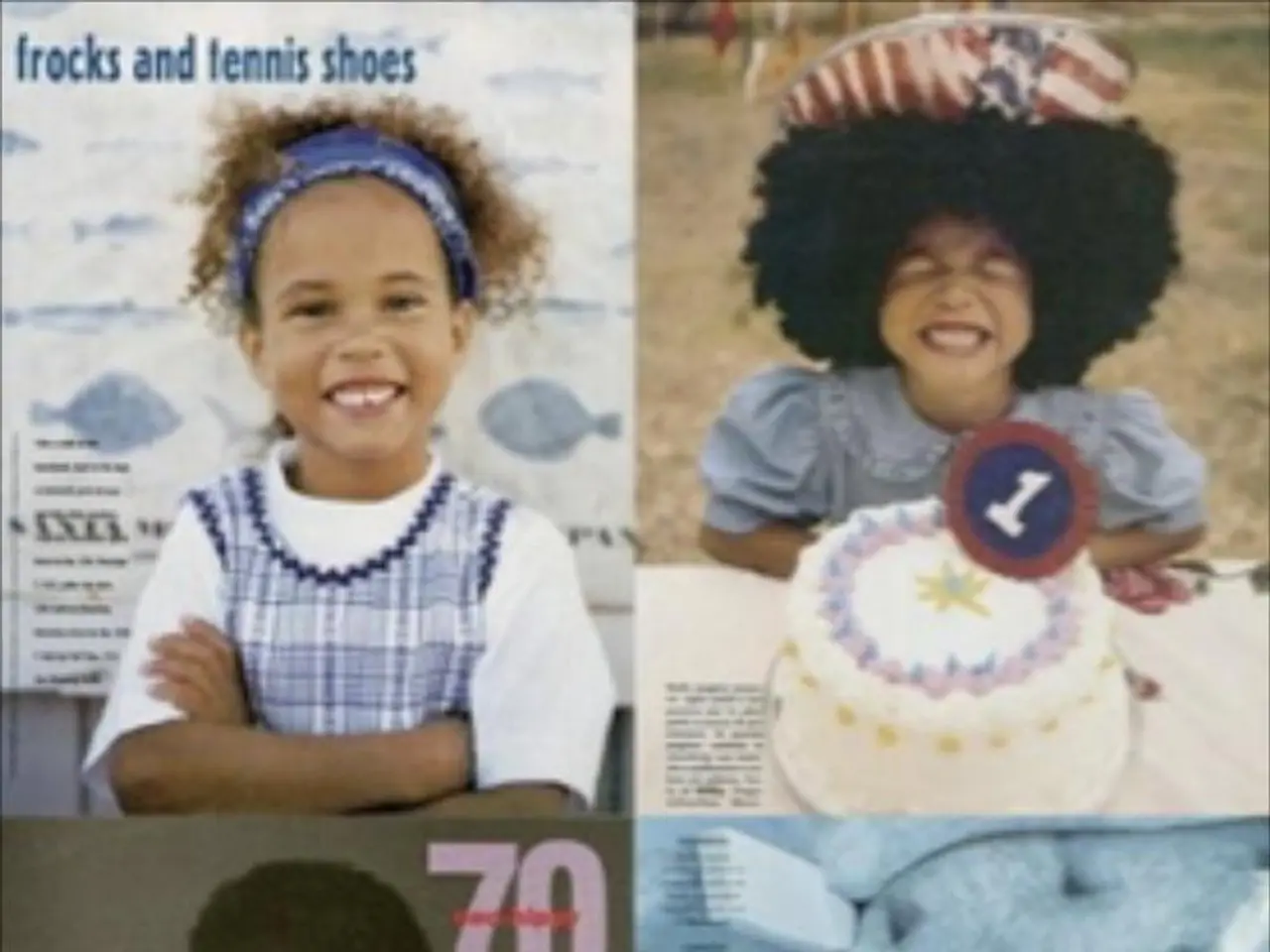Restoring Childhood Connections: A Healing Process Through Love Expressions
In the realm of personal relationships, shared activities, experiences, and emotional connection play a significant role in fostering intimacy and understanding. This is particularly true during quality time, as it strengthens bonds and creates lasting memories.
One intriguing concept that has gained popularity is the idea of love languages, first popularized by Gary Chapman. Love languages categorize ways people express and receive love, but it's important to note that, while they can foster emotional communication, there are currently no direct scientific studies explicitly supporting their use as a therapeutic tool for healing childhood traumas.
However, research in related areas provides some adjacent insights. For instance, attachment theory-based interventions, which focus on emotional connection, security, and bonding in relationships, show strong evidence for improving mental health and emotional regulation, which is relevant to trauma healing.
Another area of research emphasizes body-based and somatic approaches to healing trauma, which support emotional regulation and rebuilding safety and coherence, key to healing from early trauma. Supportive relationships and strong social bonds, too, are scientifically linked to reduced inflammation and improved physical and mental health resilience, indirectly supporting trauma recovery.
Physical affection, such as touch, can be a balm for anxiety, offering instant relief and promoting stress reduction and well-being. Touch reassures those with abandonment scars of constant presence and commitment, counterbalancing that old childhood feeling of abandonment. Active listening and validation can be a balm for those hurt by judgment and neglect, nurturing empathy and dialogue.
Being deliberate about practicing your love language and listening to others fills emotional gaps, while reliable supportive and affirming dialogue can restore trust and create a safe haven in relationships. Identifying your love language allows you to communicate your needs effectively, preventing relational fractures and fostering connection.
In the healing process, regularly reflecting and adjusting is crucial. Seeking professional support can facilitate exploring traumas and new strategies for healing. Receiving gifts can be a form of healing in the context of relationships, symbolizing being seen and appreciated, cementing satisfaction and commitment. Shared responsibilities can build mutual respect and equality in relationships.
Ultimately, while love languages may not be a scientifically validated healing tool for childhood trauma, the principles they represent—emotional connection, attachment security, and somatic processing—have been shown to play a crucial role in trauma recovery. The love languages concept may have heuristic value for fostering emotional communication, but it remains to be rigorously tested in trauma-focused clinical research.
Sources: 1. Journal of Trauma and Dissociation 2. Journal of Marital and Family Therapy 3. Psychosomatic Medicine 4. The Journal of Social and Personal Relationships 5. Attachment & Human Development
- The principles of love languages, such as emotional connection and attachment security, robustly demonstrate their relevance in improving mental health and emotional regulation, as proven by attachment theory-based interventions.
- Somatic approaches to healing trauma, which focus on body-based therapies and processes, are instrumental in supporting emotional regulation and rebuilding safety and coherence, fundamental to healing from early traumas.
- Strong social bonds, fostered through shared activities and relationships, have been scientifically linked to reduced inflammation and improved physical and mental health resilience, thereby offering indirect support for trauma recovery.
- In the realm of mental-health and family-dynamics, understanding and employing therapies-and-treatments that prioritize emotional connection can enhance relationships, fill emotional gaps, and promote healing.




